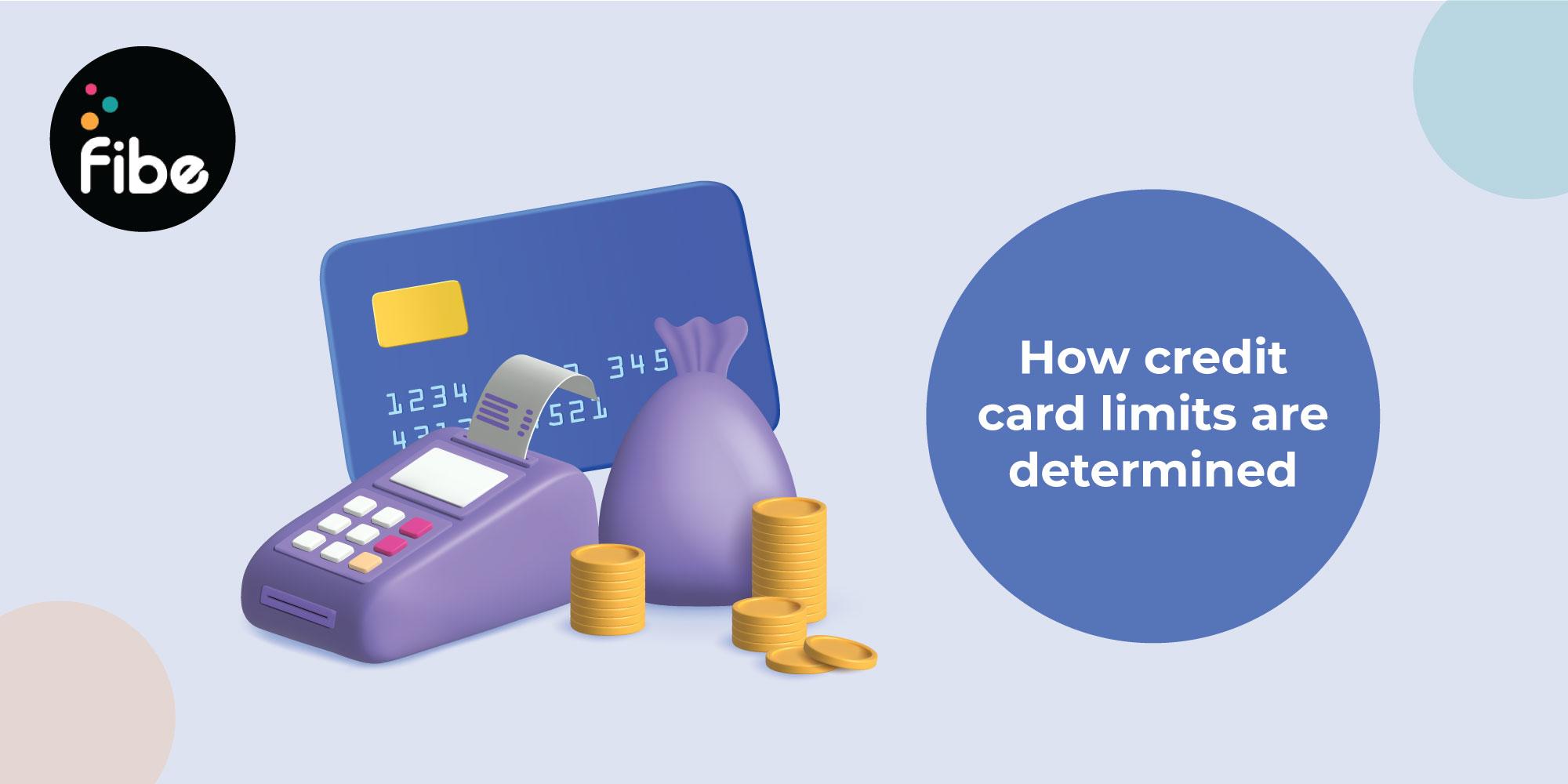- Home
- Blogs
- Credit Card
- How Credit Card Limit Is Determined
How do Issuers Calculate Credit Card Limit? An Easy Guide
- Updated on: 3 Oct 2024
- Published on: 4 Dec 2023

Issuers set the maximum credit card limit in India by considering a number of factors. You can only make transactions within this specified limit. So, knowing how financial institutions determine this limit is crucial.
Remember, the maximum limit in India varies across issuers and individuals as it is based on:
Here are some essential facts that you need to know about the maximum sending limit of your card:
While a calculator that calculates your exact credit card limit is still a work in progress, you can do minimal calculations to get an estimate.
Firstly, check your credit score to know if can get the maximum limit or not
You also need to calculate your debt-to-income ratio.
Apply For Instant Cash Loan Online
These are a few essential parameters that issuers assess to calculate your eligible limit:
This is a significant factor that helps issuers determine your limit. They pay close attention to these points:
Issuers also check your financial capability, as this helps them assess if you’re a responsible borrower. Here’s what you need to know:
This is the ratio that compares the debt you owe to your total income. You have low liquidity for a new debt if you owe a large amount against your income.
As such, credit card companies may not provide a higher limit due to the increased risk of non-payment of the bill. Here’s how you can reduce your DTI ratio:
Also Read: Learn To Use Credit Card Responsibly
Your credit report reflects your repayment pattern and allows issuers to determine the risk associated with extending credit to you. Here’s what a credit report includes:
A good credit score and a spotless repayment track record indicate that you are a low-risk borrower and, hence, issuers may offer a higher credit limit.
This refers to the amount you have used against the total available limit. A high ratio indicates an overreliance on credit, making you a high-risk borrower. Therefore, issuers may not sanction a higher limit. A ratio under 30% can boost your chances of getting a better limit.
Here are some ways to improve it:
Apply For Instant Personal Loan
The maximum credit card limit in India usually doesn’t exceed thrice your current monthly income. As such, there is no good credit card limit, as it depends on the personal finances of each cardholder. What’s suitable for you may not be ideal for others.
Here’s how you can assess if the limit is ideal for you:
Follow these simple tips:
Choose the Fibe Axis Bank Credit Card to enjoy a high credit limit as per your eligibility. As India’s first numberless credit card, it offers a host of benefits ranging from complimentary access to domestic airport lounges to cashback of up to 3%. You can also link this RuPay card to your UPI and complete transactions without any hassles.
Download the Fibe App or register on our website to apply online for this lifetime-free credit card!
Issuers calculate credit card limits through different methods. It’s generally 2 – 3 times your current monthly income. If your salary is ₹40,000, your credit limit may be between ₹80,000 to ₹1.2 lakhs.
The maximum limit in India for a salary of ₹50,000 usually goes up to ₹1.5 lakhs if the issuer uses the 3X calculation. However, this also depends on your:
The minimum and maximum limit on a ₹30,000 monthly salary is based on a variety of factors. However, the minimum credit card limit in India is 2 times your monthly income and the maximum can be 3 times. This comes to a credit limit between ₹60,000 and ₹90,000.
It starts from ₹50,000 and extends up to ₹75,000 if the card issuers use the 2X-3X method of calculation.
If a person has a salary of ₹18,000, the credit card limit they can enjoy may range between ₹36,000 and ₹54,000, i.e., 2X to 3X of their monthly salary.
Here are different ways to do it:
The minimum credit card limit in India is generally 2 times your monthly income, and it can go up to 3 times.
In India, the minimum credit limit is usually twice your monthly salary. However, it also depends on your creditworthiness, existing debt and income.